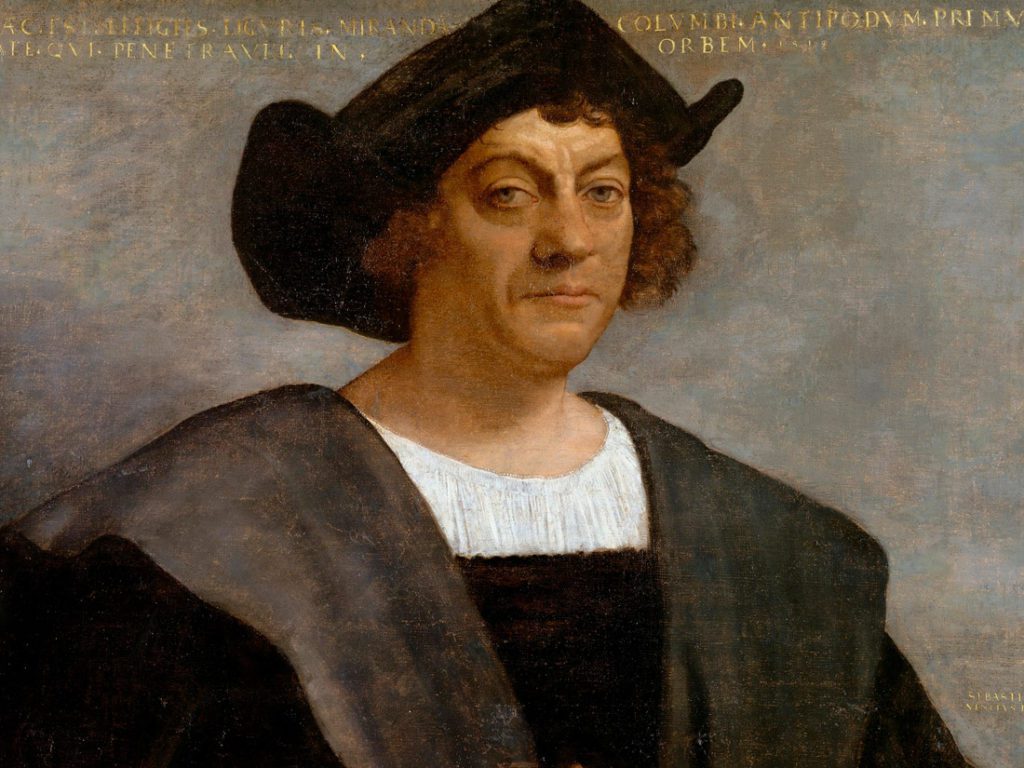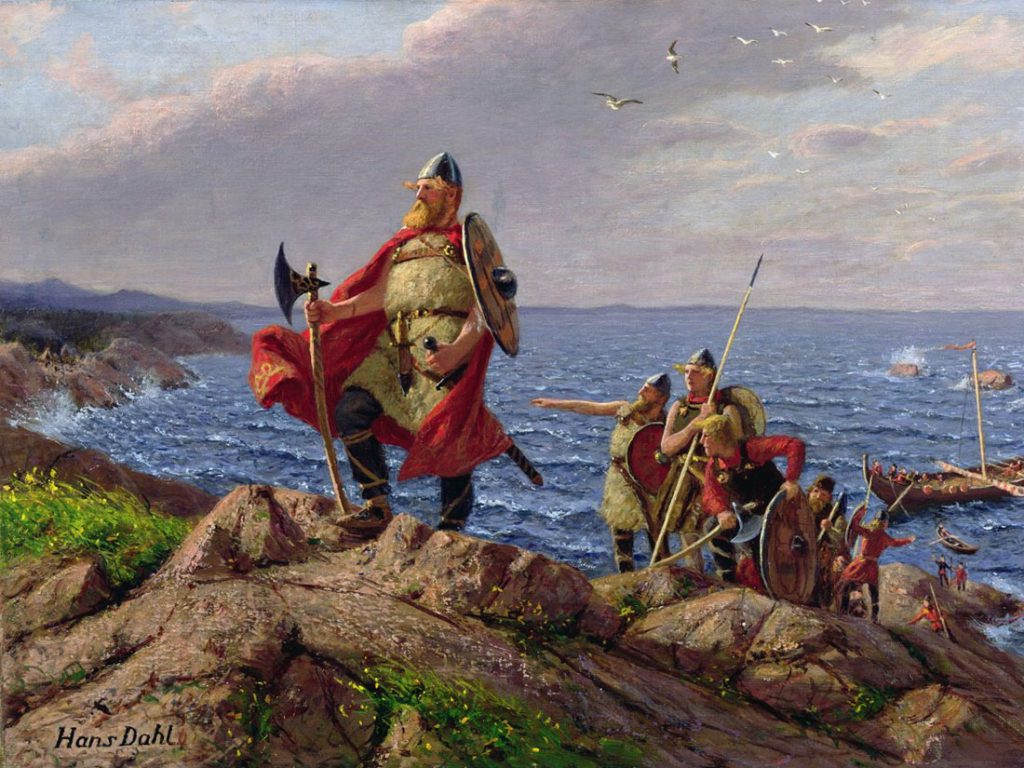In Sum
Session 2.3 – Christopher Columbus
Christopher Columbus was a Genoese navigator who moved to Portugal to make his way as a seafarer in the Atlantic. For years, he peddled his idea for a westward expedition to Asia (possibly buoyed by a winter spent in Iceland, where he may have studied the Viking sagas) to multiple monarchs and princes before the fall of Granada finally allowed Ferdinand and Isabella to sponsor his plan. Columbus discovered (and initiated the colonization of) many Caribbean islands, laid eyes on the American mainland, and mapped critical coastlines. European contact with the Taino led quickly to conflict—and the enslavement of part of the native population. In the end, though Columbus was humiliated for a time and demoted, his voyages ushered in a new era in world history by permanently introducing the Americas to Afro-Eurasia.

